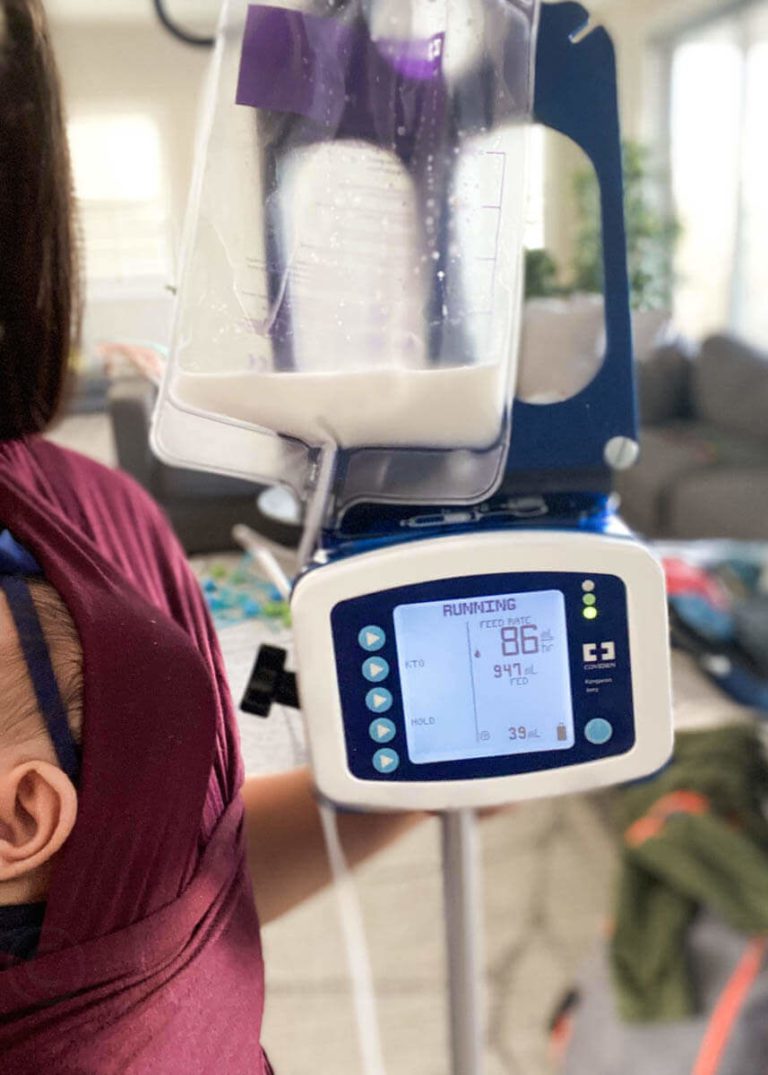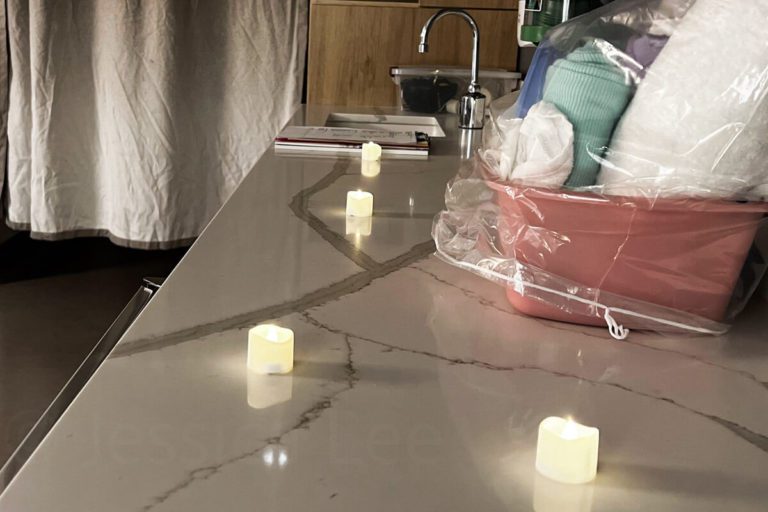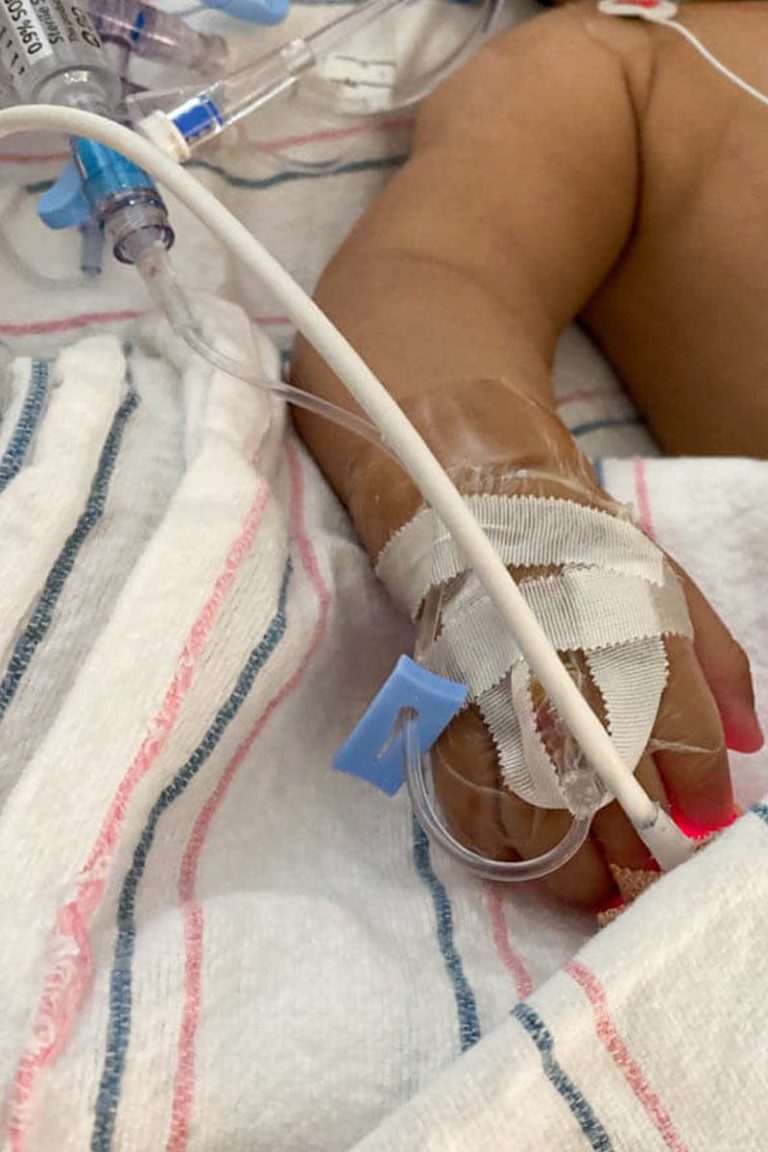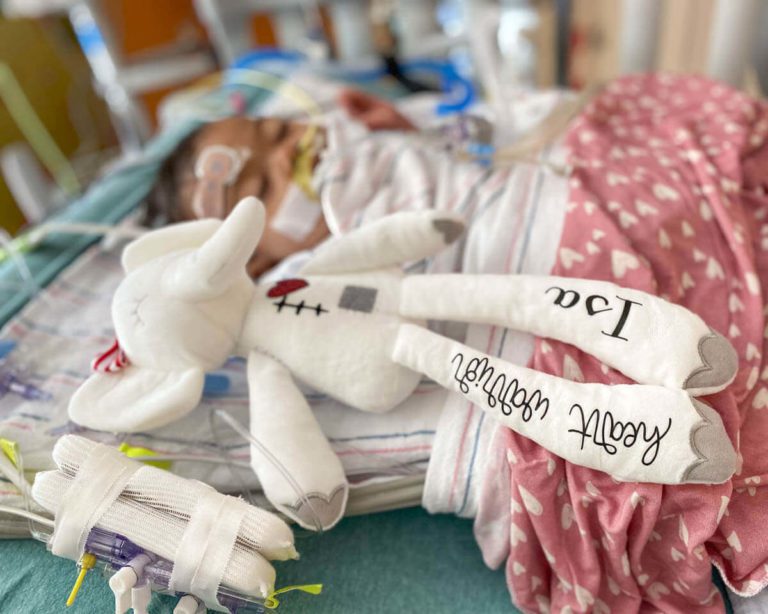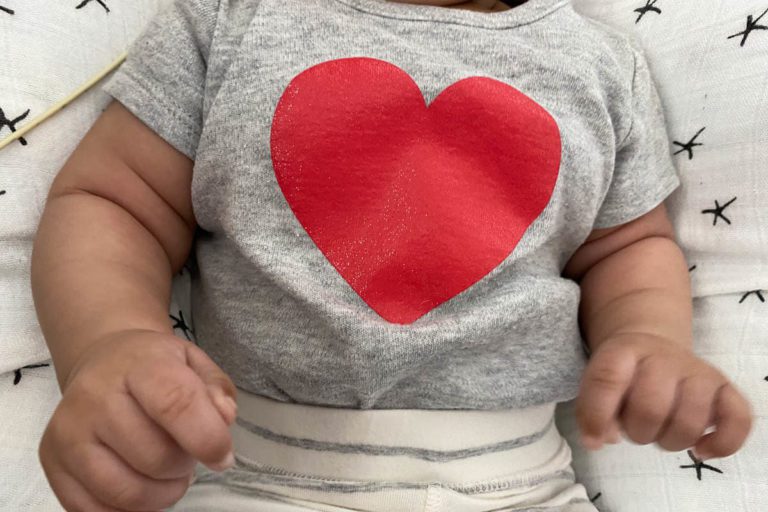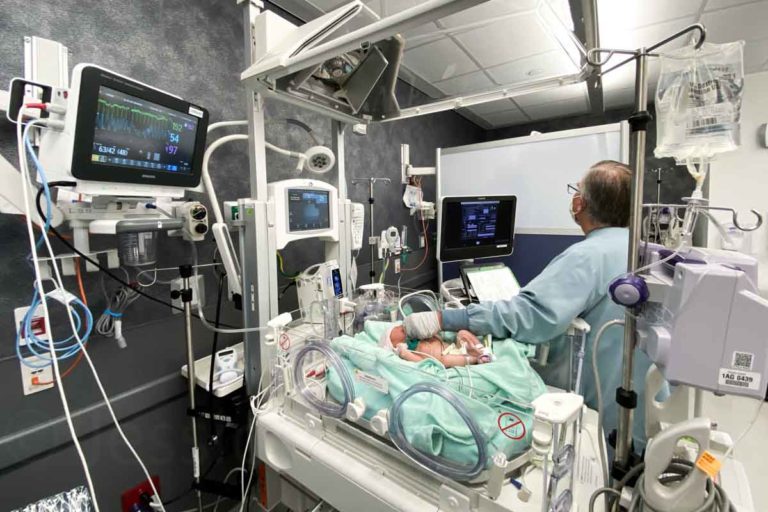What to Expect at a Pediatric Cardiology Appointment for CHD
As the parent of a heart warrior, you quickly learn what to expect at a pediatric cardiology appointment. It becomes routine. In the beginning, however, everything is new.
If your child is newly diagnosed with CHD or even heading to the pediatric cardiologist to confirm or rule out a Congenital Heart Defect (CHD), this will help you understand what to expect at their first cardiology appointment.
No time to read right now? Pin it or email it to yourself for later!
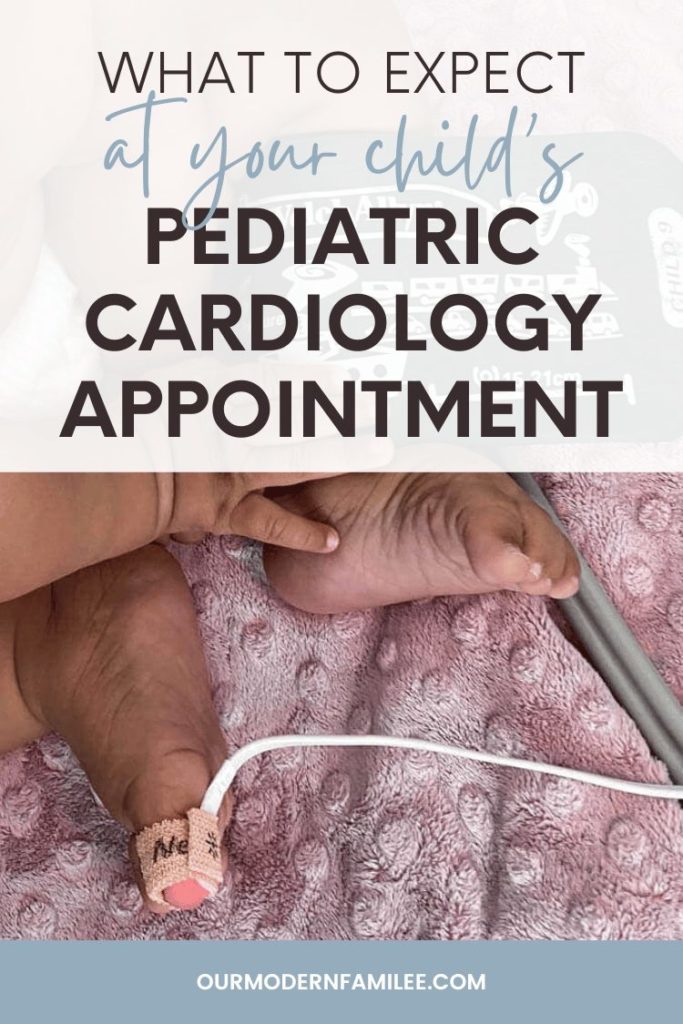
Congenital Heart Disease is a lifelong disease that must always be monitored and maintained. A child with CHD will need to regularly visit a pediatric cardiologist. To maintain their best heart health and get the best care, CHDers need to see a cardiologist throughout their entire life.
There can be a lot of fear in the unknown. While it’s impossible to predict and prepare for every outcome. At least knowing the different parts of an appointment can help ease some anxiety. Furthermore, knowing what to expect can assist you in preparing for the appointment, in understanding what’s happening, and in advocating for your child.
Let’s go over pediatric cardiology basics and what to expect at a pediatric cardiology appointment.
Pediatric Cardiology Basics
What is a pediatric cardiologist?
A pediatric cardiologist is a medical doctor who specializes in children’s heart health – diagnosing, monitoring, and treating simple to complex, acquired to congenital, heart conditions.
What does a pediatric cardiologist do?
A pediatric cardiologist helps children have stronger and healthier hearts.
If your child’s pediatrician has concerns about your child’s heart health, then they may refer you to a pediatric cardiologist. This doctor has more specialized training in children’s hearts and can diagnose, monitor, and create treatment plans (e.g., nutrition and activity guidelines, prescribe medication, coordinate heart surgery), if necessary, to help improve your child’s heart health.
Children are not simply small adults. Therefore a pediatric cardiologist is essential to improving children’s heart health rather than an adult cardiologist.
Do pediatric cardiologists perform surgery?
No, pediatric cardiologists do not perform heart surgery. If a child requires heart surgery, a pediatric heart surgeon (also known as a pediatric cardiothoracic surgeon) will perform the surgery.
Why might a child need to go to a pediatric cardiologist appointment?
Contrary to popular belief, not only adults have heart issues, not only adults need to go to a cardiologist. Many children also have to visit a cardiologist, specifically a pediatric cardiologist.
For children diagnosed with a Congenital Heart Defect (CHD), pediatric cardiologist appointments are essential to monitoring and managing their heart health, including their growth and development and any comorbid conditions. These appointments allow their pediatric cardiologist to help you keep your child as healthy and strong as possible.
Not only children with CHD go to a pediatric cardiologist. A child could need to go to a pediatric cardiologist appointment because of any concern regarding their heart health, such as a heart murmur, family heart health history, other health conditions that might affect the heart, lifestyle concerns that impact the heart, random health event that affected the heart, etc. At a pediatric cardiologist appointment, the doctor can help assess the child’s heart, conditions, and concerns to determine whether additional support or treatments are necessary.
Affiliate Disclosure: As an Amazon Associate, we may earn commissions from qualifying purchases from Amazon at no additional cost to you.
Prepping for the appointment
Preparing for your child’s pediatric cardiologist appointment
Preparation is key to a better appointment. If your child sees other doctors within the same group as their cardiologist, then they likely have access to the appointment notes, medical records, and files. If they see other doctors separate from their cardiologist’s group, then you should prepare any relevant information, imaging, and results to share with their cardiologist.
Spend some dedicated time before the appointment to think about any specific concerns or questions you have to ask your child’s cardiologist. Write these down so you don’t forget – in a dedicated notebook, or digitally on your phone.
If your child is old enough to understand, help prepare them for their appointment. You can discuss the cardiologist appointment using books and age-appropriate language so they know what to expect.
Pediatric cardiologist appointments can be lengthy so it’s a good idea to bring along water or milk and snacks, medications, toys and distractions, and comfort items (e.g., favorite blanket, stuffie) for your child. Also, their chest will need to be exposed for different testing, so some people prefer to dress their child in a button-style top.
For the infant stage, I found kimono-style knotted snap gowns to be the easiest for my daughter’s cardiology appointments. She hated to be cold, so I liked that I was able to keep some clothing on her and they were still able to access her foot, leg, and chest as necessary.
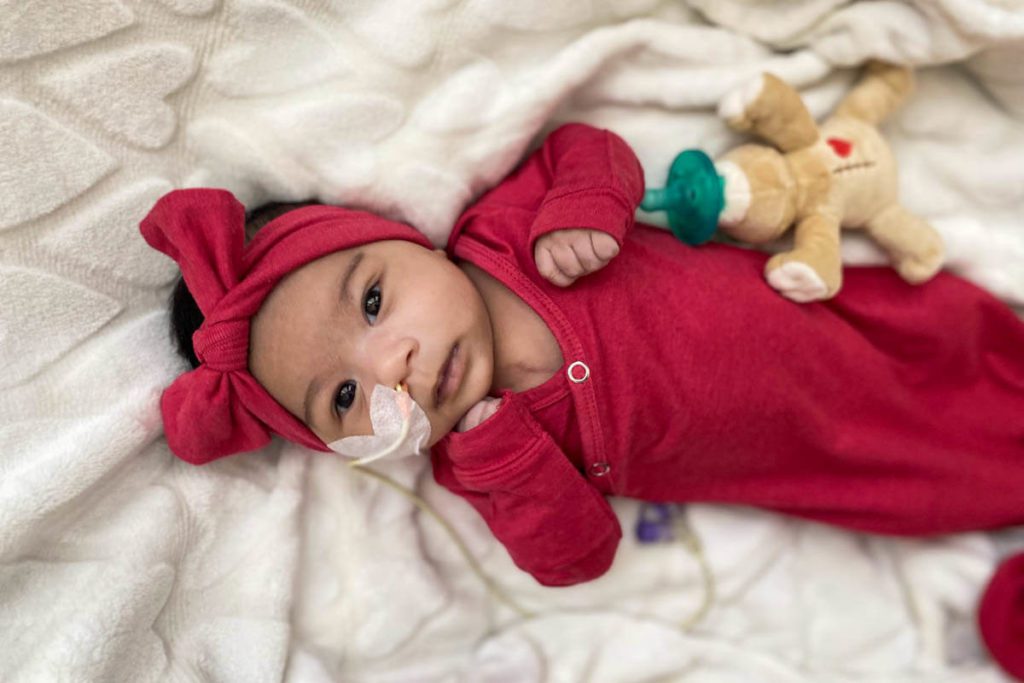
What to expect at a pediatric cardiology appointment
Now I will walk you through an appointment with us! Follow along to find out what to expect at a pediatric cardiology appointment. Of course, your experience may vary slightly depending on your location, medical office, and your child’s age and specific condition.
NOTE: This is written from the perspective and experience within the United States healthcare system. Processes, details, and experiences may vary elsewhere.
What happens at a pediatric cardiologist appointment
The Check-In Process
First, check-in for your child’s appointment like you do other doctor’s appointments. This typically entails sharing your child’s name, confirming their birthdate, showing or confirming your insurance, and possibly paying a co-pay or co-insurance fee.
Next, you wait until it’s your child’s turn. Hopefully, you don’t need to wait long!
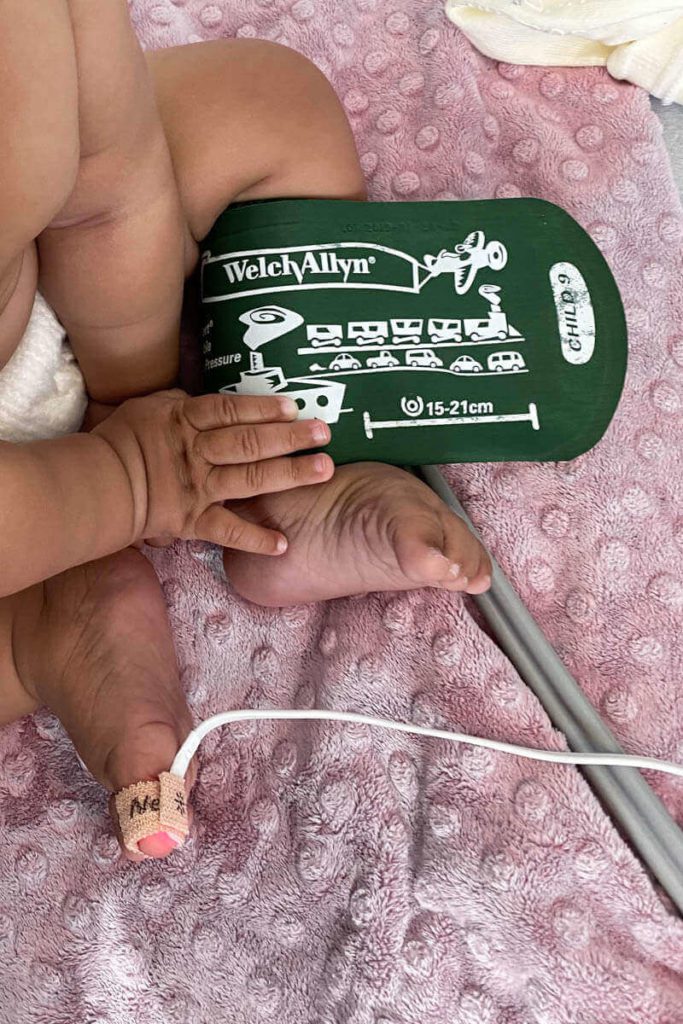
Vitals and other measurement checks
A nurse will check your baby’s height, weight, and head measurements. They will check your child’s temperature and take their blood pressure. Yes, they have teeny tiny blood pressure cuffs even for newborns and every size in between up to adult sizes.
Additionally, they will test oxygen saturation (the amount of oxygen in someone’s blood). A nurse will use a pulse oximeter which is a small machine that reads oxygen saturation. For babies, the machine has a wire that they will connect to a soft flexible thin sticky wrap with a sensor. They wrap the tape around your baby’s foot or toe to get a reading. As your child gets older they can likely transition to using a smaller fingertip pulse oximeter.
For most healthy people, blood oxygen saturation is expected to be between 95-100%. For a CHD baby, however, depending on their specific condition, type and stage of repair, current health status, and other factors, their blood oxygen saturation may be quite a bit lower.
These vital checks and other measurements are important to check in on the child’s overall health and growth and may be indicative of the heart’s condition. However, these do not check the heart directly.
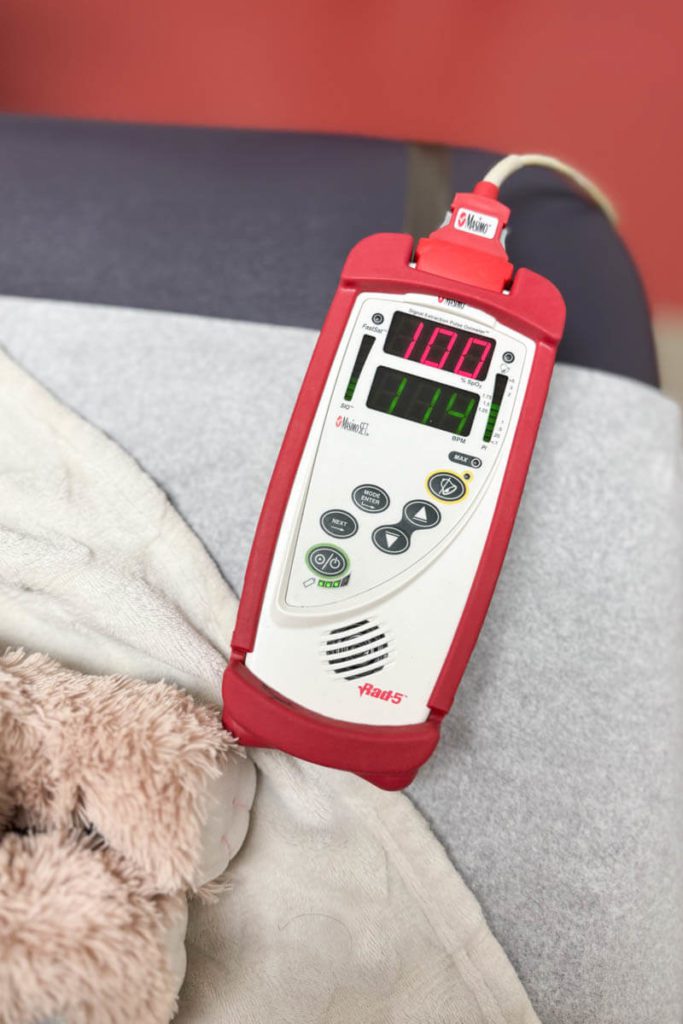
Diagnostic tests and procedures
To check your child’s heart health and heart condition, they will do an electrocardiogram (ECG or EKG). For this test, they will place temporary electrodes that are connected to thick gel stickers on your child’s chest (and limbs depending on age). These electrodes are connected with wires to a machine that reads the heart’s electrical activity. You know the monitor with the squiggly up and down pattern, that’s an EKG reading. It often takes more time to put the electrodes on and take them off than the test itself.
EKGs are usually a quick in-office test. If there’s a need for further electrical testing, however, a doctor might request a stress test. This is where they stress the patient’s heart (like by walking or running on a treadmill) while tracking it via EKG. Additionally, a doctor could have a patient wear a Holter monitor at home, a type of small portable electrocardiogram machine, to get longer (24-48 hours) readings of their heart’s electrical activity.
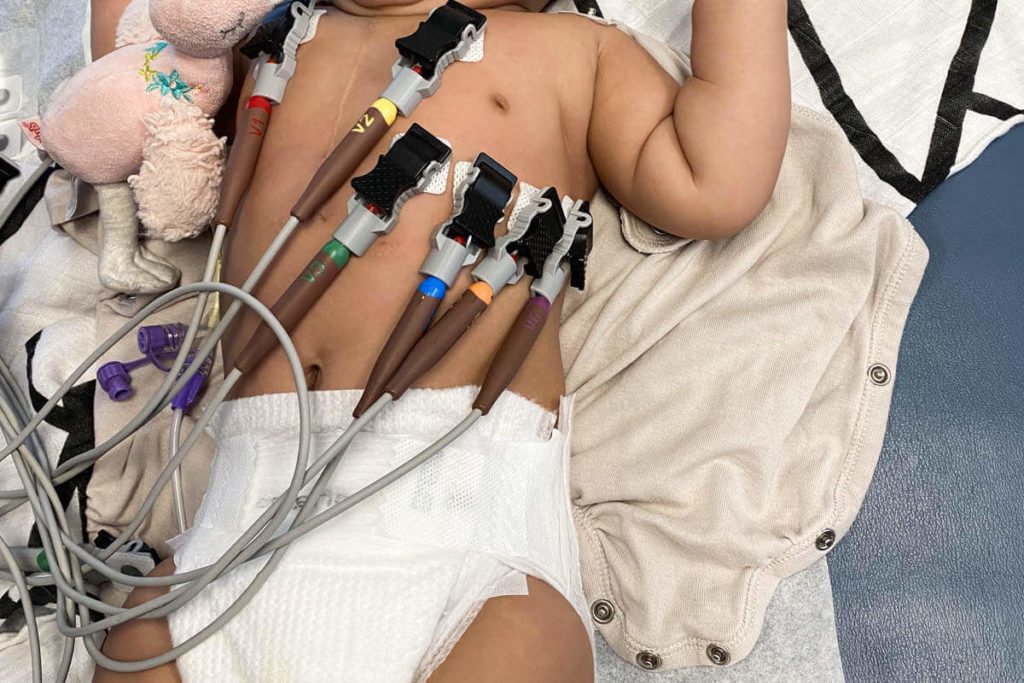
For a visual look at the heart, a sonographer will perform an echocardiogram (echo). An echo is a cardiac ultrasound, a type of medical imaging created using sound waves. Like a pregnancy ultrasound, but of the heart. This imaging test helps doctors review the heart’s structure and blood flow.
Echos are typically performed in a darkened room while the patient lies on a bed. They should have their chest exposed to attach a few electrodes (for heart electrical readings), and for the sonographer to use the probe (for the heart imaging). They will use warm gel on the probe, just like a pregnancy ultrasound, and move the wand all over the chest to get various views of the heart. The heart’s images and blood flow will be displayed on a monitor. The echocardiogram is usually the longest portion of a pediatric cardiologist appointment for those with CHD, approximately 30-60 minutes.
Other types of cardiac echos might be done in a hospital, but not at a pediatric cardiology appointment.
There are additional diagnostic tests to further review a heart’s condition, such as a chest x-ray, cardiac MRI, and cardiac catheterization. But these are not what to expect at a pediatric cardiology appointment. If your child’s cardiologist orders these tests, then you can expect them to happen separately, likely in the hospital.
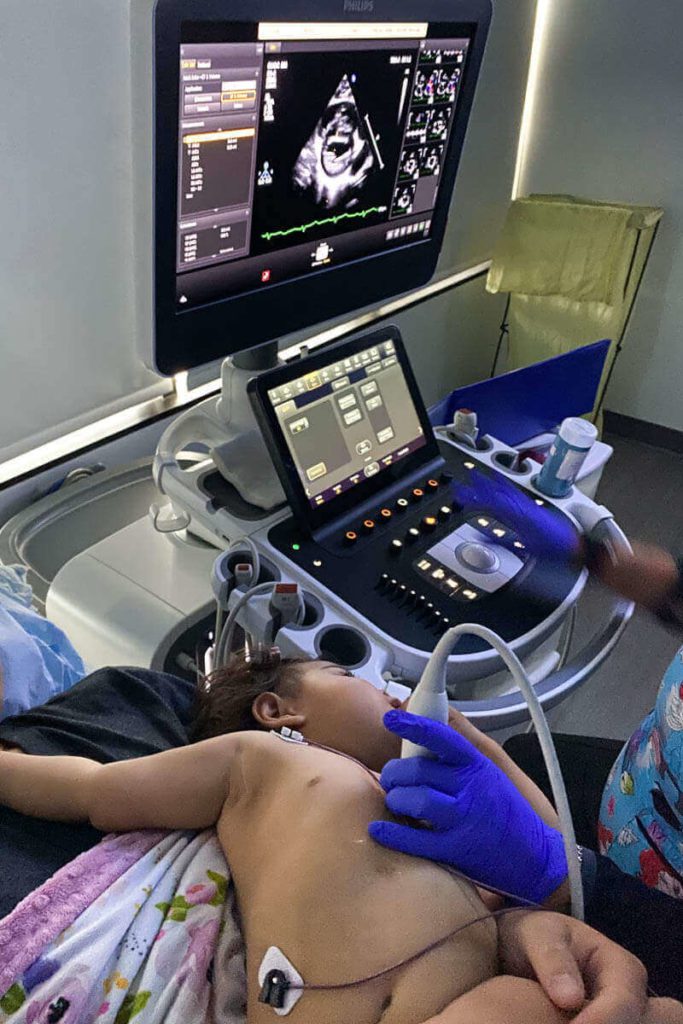
Consultation with the Cardiologist
After testing, you meet with your child’s cardiologist. They will perform a physical examination – listen to your child’s heart with a stethoscope and check them externally for any signs of heart distress. They might check their pulse rate (how many times the heart beats per minute), and respiration rate (number of breaths per minute).
You will review your child’s medical history together and any health updates. They should ask how your baby is doing, any changes, any problems. This is the time to discuss your questions and concerns with their doctor. You are your child’s best advocate, don’t be afraid to ask any and all your questions! Use your notebook or phone to take notes based on the doctor’s answers and consultation.
The cardiologist will go over your child’s test and imaging results from the day. Then they will make recommendations on what’s next. Depending on your child’s condition, there may be minimal, if any, heart health requirements ongoing, perhaps they only need to be checked once every two years. Or, it may be an ongoing everchanging situation, a tricky stage in their CHD journey that necessitates more frequent appointments. The doctor could suggest lifestyle and nutrition changes, medication changes, further appointments, tests or procedures, or surgery.
You are a part of your child’s medical team. Their doctor has the medical training, and you see your child for so many more hours. Your perspective and input matter. Speak candidly with their cardiologist, it’s important to talk openly and be a part of the decision-making.
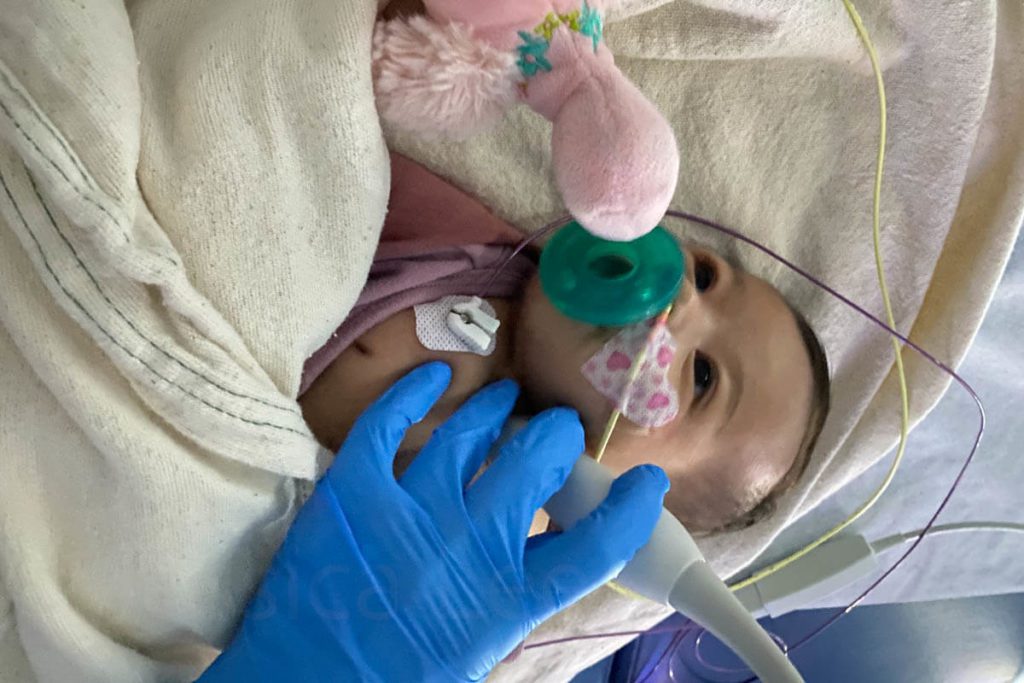
Follow-Up and Next Steps
The cardiologist should confirm you are in agreement and understand follow-up and the next steps for managing your child’s heart health and condition. Ideally, they should offer you an open line of communication or at least a clear way to communicate with them if a need or question arises.
An administrator will help you check out, and provide you with visit notes, forms, prescriptions, and any other information the cardiologist wants to share. You can schedule your child’s next cardiology appointment. And don’t forget to get your parking tickets validated!
Appointment Expectations
What not to and what to expect at a pediatric cardiology appointment
You should not expect a quick appointment, shots, pain, invasive procedures, or one-way communication for your child’s pediatric cardiology appointment.
You should expect a long appointment, painless checks, noninvasive testing, and open discussion for your child’s pediatric cardiology appointment.
For parents of babies diagnosed with CHD, regular pediatric cardiology appointments are critical to managing their heart health.
Preparation can make a big difference. Both for yourself and your child.
It is perfectly normal to feel anxious about heading to a cardiologist appointment for your child. Though, I hope this guide provided some relief in pulling back the curtain on a bit of an unknown experience.

